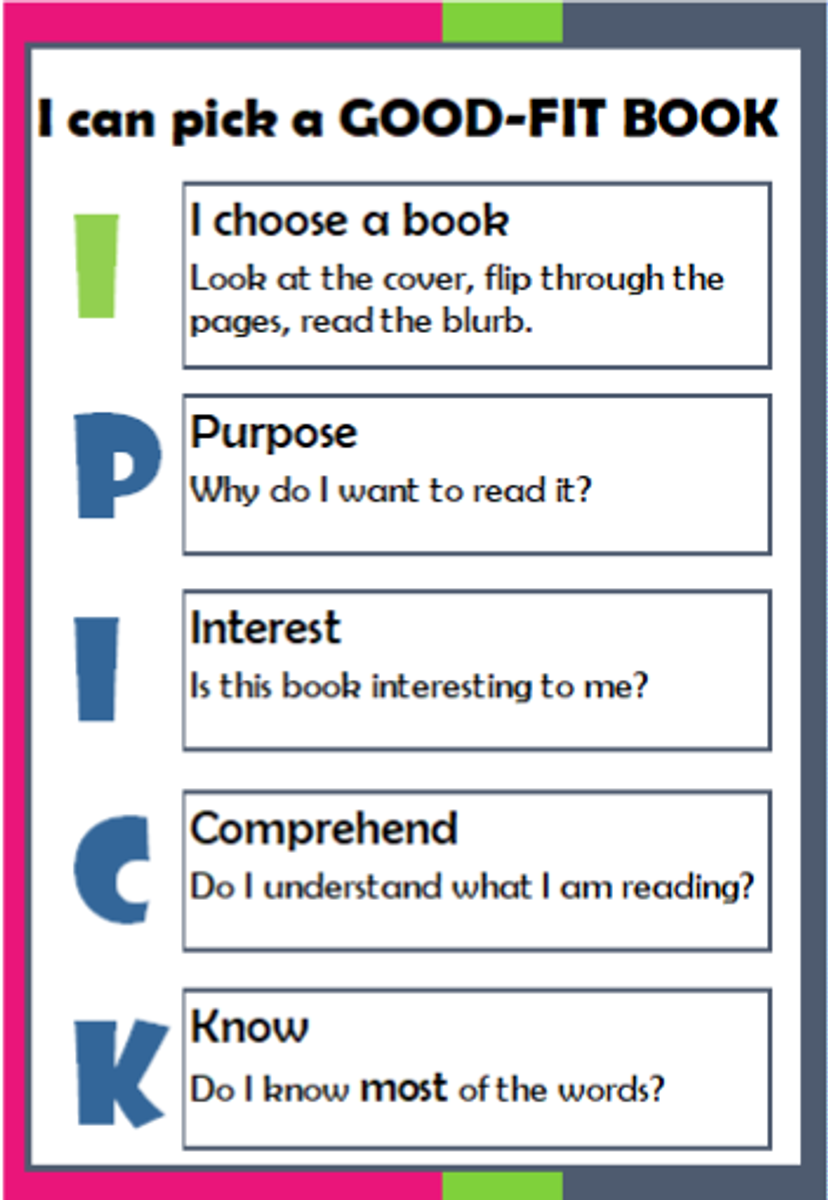Grade 2 Snapshot

Introduction to Home Learning
Dear Parents,
Over the break Brighton Primary Staff have worked to design our approach to home learning.
Grade 2 students (and Prep and Grade 1) will be using the platform Seesaw. Every morning, teachers will post a welcome message as well as the day's learning tasks.
Students will be required to post some of their work on Seesaw for the teacher or classmates to see. This will be made clear in their daily tasks.
Teachers are able to comment on tasks and will provide individual feedback on some tasks. We will monitor student learning through the work that is shared and use this to design the next activities.
Login codes for Seesaw have been emailed to parents for each individual child.
Please see our overview of Home Learning here.
This week's Snapshot explains to you the areas of learning that we are focusing on. The tasks for students will be placed on Seesaw. Here is a preview for you:
Each morning when these are posted, please read the instructions with your child.
We are all new to this and we will continue to update our processes as time goes on.
Reading
Over the next few weeks, our learning focus for reading will be on fiction texts. We will be learning how to identify a fiction text, discuss its features and how to retell a story. During term one, each grade 2 class did a lot of work around creating more autonomy, independence and engagement with reading. This week, students will focus on replicating this at home.
With a constant focus on fiction texts, students will revise how to choose a "good-fit" book using the IPICK strategy. They can select from their home library or online using Epic! Students will also create their own anchor chart. This chart details reading behaviour expectations whilst reading. It should include behaviours such as these:
get started straight away
read the same book the whole time
read quietly
stay in my comfy spot the whole time
build my reading stamina
All students have a strong understanding of what reading stamina means. They should be able to explain this to you and may even like to record or graph the minutes they were able to read for each day. There are many ways to engage with a text: read the pictures, read the words, and retell the story using the pictures. They can record interesting words, important information or questions in their reader's notebook as they read and they may be given other tasks to record in their notebook in response to the story.
Writing
In the first few days children will learn how to communicate with their teacher and classmates using Seesaw. They will also learn about letter writing.
First students will post a short 'hello' message to their teacher which will be typed straight into Seesaw.
Then students will hand-write a letter to their teacher and classmates describing their new home learning space. They will learn about the structure of a letter, think about how to make their writing interesting for the reader, edit their letter and rewrite. They will then post a photo of it on Seesaw for their teacher and classmates.
Giving peer feedback is a skill we are teaching as well, so students will read their classmates' posts and comment on them.
Mathematics
During week 8 of term 1 grade 2 began learning about time. We started with seasons and months and then moved onto time duration. There are some simple things you can do at home to consolidate and revise these concepts:
- Marking off days in a calendar
- Discussing the weather in relation to the month
- Measuring how long it takes to complete tasks with a stopwatch or clock (ie. While cooking)
- Revise the following saying (An oldie, but a goodie!):
Thirty days hath September,
April, June, and November,
All the rest have thirty-one,
But February's twenty-eight,
The LEAP YEAR, which comes once in four,
Gives February one day more
Some students began looking at telling the time using an analogue clock before the term was cut short. Therefore, the first week of term 2 home learning will focus on using an analogue clock.
By the end of Grade 2 students are expected to read time to the quarter hour. Some students are still consolidating their understanding of half hour time, that is ok. They must consolidate their understanding of the features of a clock (minute hand, hour hand, etc) and understand how to read half past time before they are ready to read quarter hour time. Most children find this a difficult skill to master so don’t worry if they are unable to grasp this concept at this early stage. It is important that the concepts are introduced as the student is ready. Some students will already be confident with reading quarter hour time. Those students should work on the extension task (which will be posted on SeeSaw) where they will practise reading time to the minute.
The great thing about teaching time is that it involves a lot of real life application. You might only spend a little bit of time teaching it formally, then put it into context. Talk about the time during the day. For example you may ask your child:
- ‘What time is it?’
- ‘How do you know?’
- ‘What time will it be in an hour?’
- ‘What time will it be in half an hour?’
These types of questions will allow students to understand the importance of learning this concept and its application to real life. It will also allow you to identify small ‘teachable moments’. For example, if you child is unable to answer the question you can teach them in that moment.
Unit of Inquiry
We are commencing our second unit of inquiry, 'Using water responsibly supports life'.
We will be inquiring into:
- how we use water
- how water is accessed
- being a responsible water user.
Our concepts are Function and Responsibility and we will be developing the Learner Profiles of being Knowledgeable and Principled.
This week's learning tasks are pre-assessments of students' prior knowledge designed to get them wondering where their water comes from. It's ok if they don't know the answers to some questions - we will design learning activities for this. If your child is asking questions about water, encourage them to share those questions with the teacher and classmates when they post their responses on SeeSaw.
Wellbeing
Learning from home will be different for students and we understand that they will need frequent breaks. We also encourage them to build their concentration stamina by committing to a task for 20 minutes and then rewarding themselves with a break.
We suggest that students punctuate their day with some of these activities:
Colouring or drawing
Playing in the yard
Dance videos
Kids Yoga
Mindfulness
Building or creating
Some useful online resources are:
Go Noodle - has short dance clips, mindfulness, yoga and some printable activities
Smiling Mind - this is a free app that offers short mindfulness activities for different age groups. Parents will need to sign up and select the program for 7-9 year olds.
Cosmic Kids Yoga on Youtube
Art for Kids Hub on Youtube - guided drawing lessons
Grade 2 Team
Angie Fifer (2A)
Angela Alderuccio (2B)
Elise Newnham (2C)
Breallen Cole (2D)

